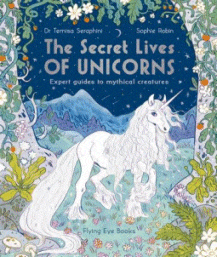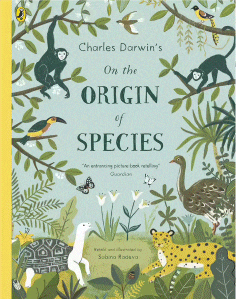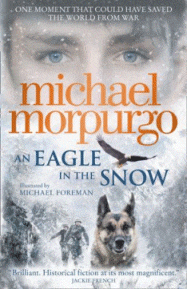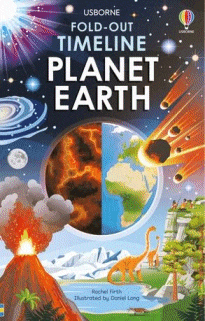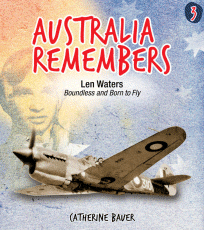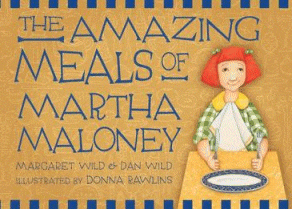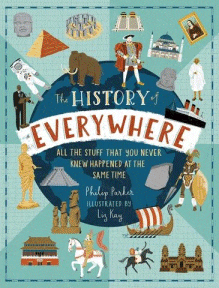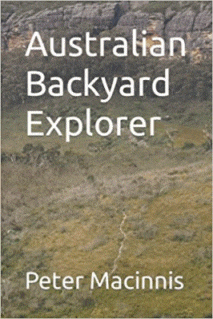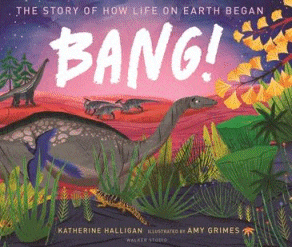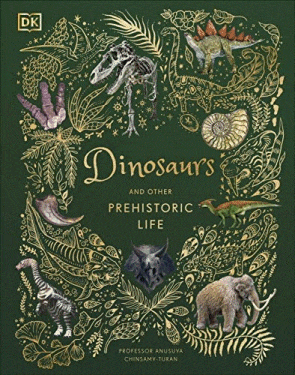
Dinosaurs and other Prehistoric Life
Dinosaurs and other Prehistoric Life
Prof. Anusuya Chinsamy-Turan
Angela Rizza & Daniel Long
DK, 2021
224pp., hbk., RRP $A39.99
9780241491621
Usually, when you flick through a book about dinosaurs you see familiar names like triceratops, stegosaurus, diplodocus and of course, tyrannosaurus rex. So imagine how excited your dinosaur fans will be when they see names like araucarioxylon, plioplatecarpus and pachycephalosaurus and the fun they will have not only getting their tongues around the names and showing them off to friends, but finding out what these creatures were!
Starting at the beginning of life on earth, the reader is taken on a journey through the development of life starting with the forms that developed in water and then moving on to the plants and animals that moved onto land. Whether they’re scary fish, gigantic insects or the largest dinosaur or their descendants, this is a fascinating expedition that culminates in the emergence of the earliest humans.
For decades DK have had the best reputation for delivering quality non fiction for young readers and this is no exception. As well as building on the interest that might have been sparked through studies of how the Earth began, it also moves the reader on to a bit more detail than your usual texts for this age group with each topic having a double-paged spread with lifelike illustrations with photos and then a thorough set of support pages including a diagram of the Tree of Life so it’s easy to see where everything fits in, a pronunciation guide, a glossary, and a visual index.
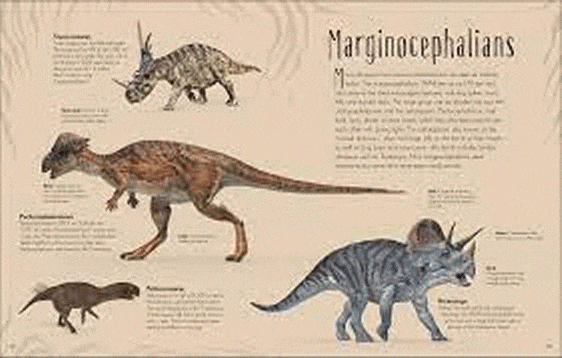
A peek inside…
This is one that will be treasured by those with an interest in life on this planet, particularly if they also have access to the new children’s version of On The Origin of Species so they can see how it all fits together. (It will also be loved by those who want to borrow the heaviest book in the library…)
